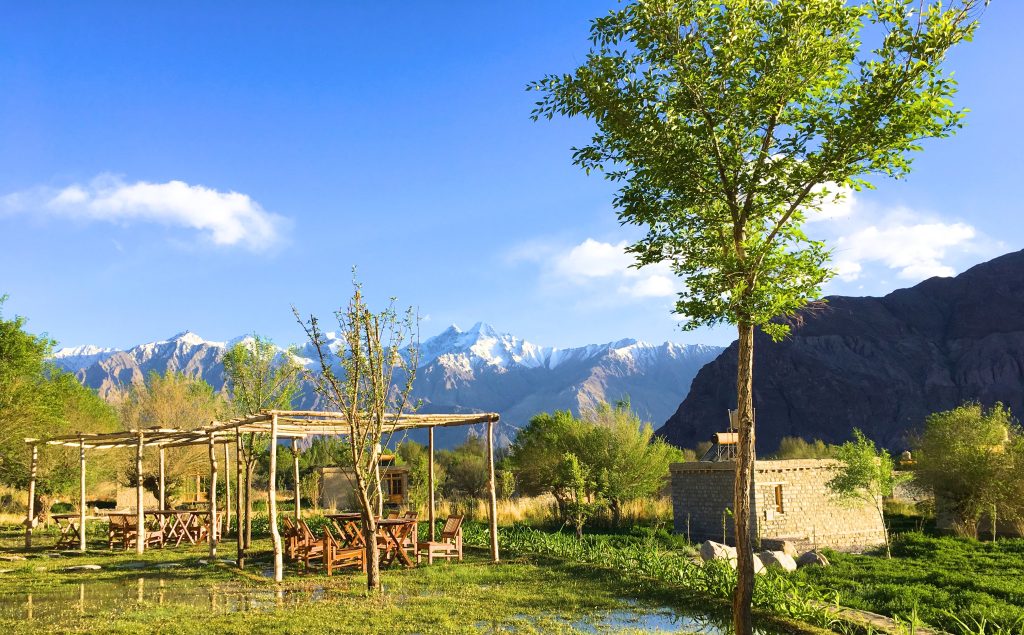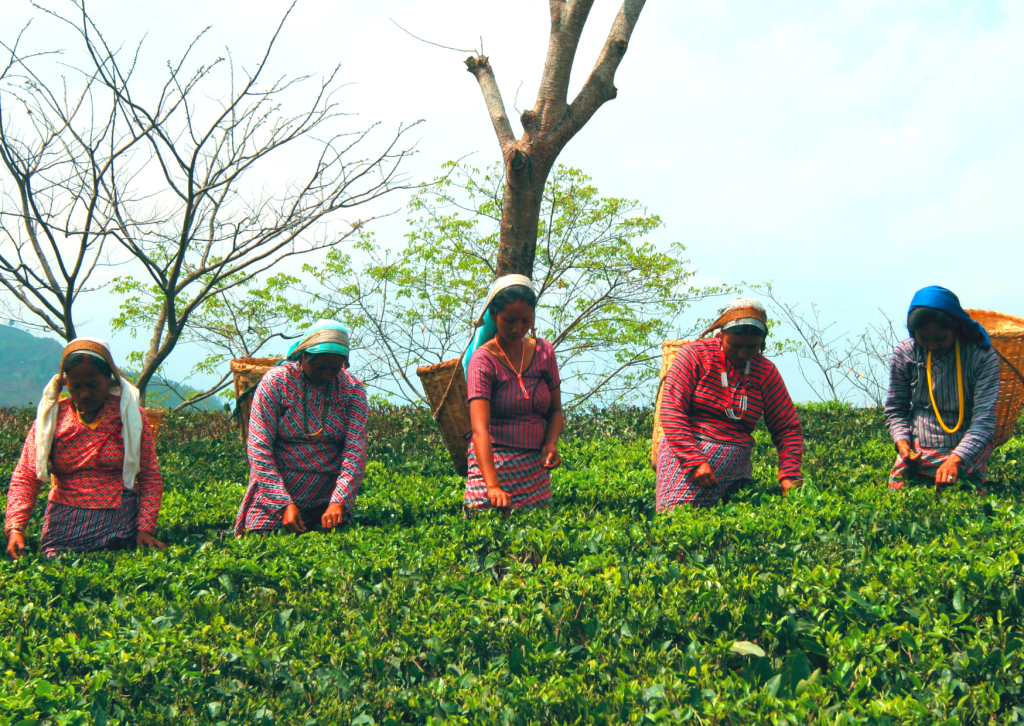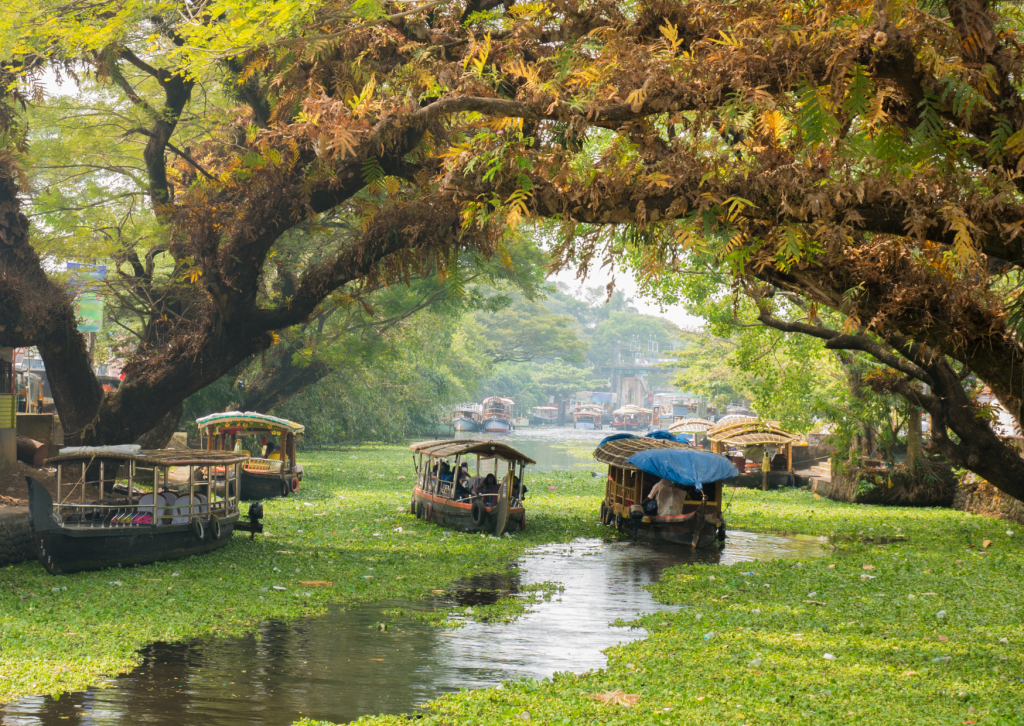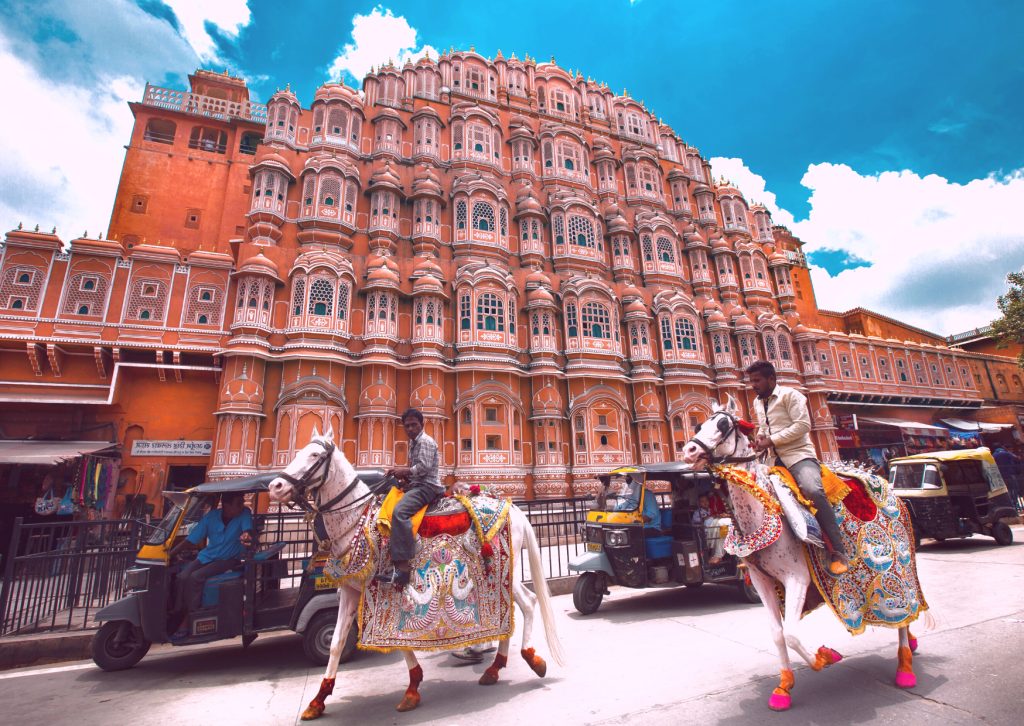A Vibrant Festival of Colours in India and Nepal
Holi Day is a festival of colours that is celebrated with great enthusiasm in India and Nepal. It is a celebration that marks the beginning of spring and the victory of good over evil. During Holi, people throw coloured powders and water at each other, sing and dance to traditional music, and enjoy traditional sweets and delicacies. This year, Holi Festival falls on the 8th of March.
There are many places in India and Nepal where you can experience the joy and excitement of Holi. In India, perhaps the most popular destination for the Holi celebrations would be the Pink City of Jaipur, Rajasthan. Here, Holi is celebrated with a royal touch, where tourists can enjoy elephant parades and traditional folk performances. However, don’t overlook Kolkata in West Bengal where the festival is known as Dol Jatra, and is celebrated with mesmerizingly colourful processions and traditional performances.
In Nepal, the most popular destination for Holi celebrations has to be Kathmandu, where the festival is celebrated with great enthusiasm and joy. The city’s Durbar Square is the center of the festivities, where locals and tourists alike come together to throw coloured powders and water at each other. Another popular destination in Nepal for Holi celebrations is the lakeside city of Pokhara, known for its breathtaking views of the Himalayas and its lakes.
Both India and Nepal are known for the vibrantly colourful and diverse cultures. Each state has its own unique beauty and charm, which is reflected in the colours that are associated with them. And in this week’s edition, we will explore the colours that are associated with some of the most beautiful destinations of these two fascinating countries, including Kerala, Darjeeling, Odisha, Kolkata, Ladakh, Kashmir, Rajasthan, and Nepal’s Pokhara.
Happy Holi 2023!

Odisha – India
Odisha, located in the eastern part of India, is known for its rich cultural heritage, beautiful temples, and scenic beauty. The colour that is often associated with Odisha is red. The vibrant red sandstone used in the architecture of many ancient temples, such as the Konark Sun Temple and the Lingaraj Temple in Bhubaneswar, is a testament to the state’s rich cultural heritage. The vibrant reds and oranges of the setting sun over the beaches of Puri and Konark are a sight to behold. The red and pink hued salt lakes of Odisha, such as the Chilika Lake and the Bhitarkanika Mangrove Forest, attract a variety of migratory birds and create a unique natural spectacle.

Ladakh – India
Ladakh, also known as the land of high passes. The rugged mountains, deep valleys, and pristine lakes make Ladakh a paradise for nature lovers. It is a land of high-altitude deserts, snow-capped mountains, and turquoise blue lakes. One colour that particularly stands out in Ladakh’s scenery is the colour blue. The clear blue skies, the deep blue waters of Pangong Tso lake, and the vibrant blue hues of some of the prayer flags fluttering in the wind create a stunning visual spectacle. The blue colour in Ladakh’s scenery is calming and serene, giving a sense of peacefulness and tranquility. It is no wonder that Ladakh is often referred to as the blue oasis in the heart of the Himalayas.

Old Delhi – India
Old Delhi, also known as Shahjahanabad, is a historic part of Delhi that is famous for its narrow lanes, bustling bazaars, and ancient monuments. The colour that best represents Old Delhi’s scenery is gold. The intricate gold carvings and ornate designs on the walls and domes of the Jama Masjid, the largest mosque in India, reflect the city’s rich Mughal heritage. The glittering gold jewelry and embroidery in the markets of Old Delhi, such as the spell binding Kinari Bazaar, add to the city’s charm and grandeur. The golden hue of the evening sun reflecting off the ancient buildings of Old Delhi creates a magical and enchanting atmosphere. It has to be said that the colour gold in Old Delhi’s scenery is synonymous with richness, grandeur, and the city’s magnificent cultural heritage.

Darjeeling – India
Darjeeling is a picturesque hill station that is known for its stunning natural beauty and tea plantations. The colour that best represents the scenery of Darjeeling is green. The rolling hills covered with lush green tea gardens, create a breathtaking landscape that has long attracted tourists from all over the world to drink in its cool and calming vibes. The vibrant green forests of the Singalila National Park, which is located on the border of West Bengal and Nepal, is home to a diverse range of flora and fauna. The green foliage and leaves of the tea plants that are grown on the slopes of Darjeeling’s hills, make for the perfect contrast to the steely grey and white of the snow-capped Himalayan peaks beyond, simply breathtaking views to enjoy while sharing a pot of the freshest tea you will ever drink with friends. The colour green in Darjeeling’s scenery is soothing, refreshing, and represents the abundant natural beauty of this hill station.

Kashmir – India
Kashmir, known as ‘heaven on earth’, is located in northern India. The colour that is often associated with Kashmir is white. The region is known for its snow-capped mountains and sparkling glaciers which are often covered in a blanket of white snow, and its beautiful lakes. The pristine white snow is a symbol of the unspoilt character and tranquility of Kashmir’s natural scenery, making it a perfect destination for those looking to escape the hustle and bustle of everyday life. The white colour is also seen as symbolic of the hope for a peaceful coexistence of different religions and cultures in the region, as Kashmir has for centuries been a true melting pot of diverse traditions and beliefs. Whether you’re admiring the snow-covered peaks of the Himalayas or cruising along the serene waters of Dal Lake, the colour white in Kashmir’s scenery is sure to leave you feeling refreshed, rejuvenated and filled with hope for the future.

Kerala – India
Kerala, also known as ‘God’s Own Country’, is a lush green paradise that is known for its verdant landscapes and abundant natural beauty from its stunning beaches facing the Arabian sea to its nature rich backwaters and lagoons. Like Darjeeling but in a different way, the colour green is closely associated with Kerala’s scenery, as the region is home to numerous tropical forests, tea and spice plantations, and pristine backwaters that are all adorned in lush green hues. The lush greenery in Kerala is not only visually stunning but also plays a vital role in the region’s ecology and biodiversity, making it a critical destination for nature lovers and conservationists alike. Whether you’re trekking the slopes of the Western Ghats, strolling through the fragrant spice plantations, or cruising along the tranquil backwaters, the colour green in Kerala’s scenery is sure to leave you feeling calm, rejuvenated, and deeply connected to the natural world.

Kolkata – India
Kolkata, located in West Bengal. It is the cultural capital of India and is renowned for its rich history, literature, and music. The city is also known for its vibrant and colorful street art. The colour yellow, in particular, can often be seen in the form of graffiti, murals, and other art installations throughout the city. This is because Kolkata has a thriving street art scene that is fueled by the creativity and expression of its diverse population. The use of bright and bold colours like yellow is a way for artists to make their work stand out and capture the attention of passersby. The city is also famous for its bright yellow taxis, which are an essential part of the city’s transportation system. Additionally, the colour yellow is symbolic of the region’s rich cultural heritage, as it is often associated with the Bengali community and is a prominent feature in traditional clothing and jewelry. Whether you’re exploring the city’s street art scene, visiting its vibrant markets, or sampling the delicious local cuisine, the colour yellow in Kolkata’s scenery is sure to add a vibrant and cheerful element to your experience.

Rajasthan – India
Rajasthan, located in the western part of India, is known for its rich history, royal palaces, and forts. The colour that is most often associated with Rajasthan has to be pink. The pink sandstone used in the architecture of many of the palaces and forts, such as the Hawa Mahal in Jaipur, gives the state its distinctive pink hue. The pink city of Jaipur is also famed for its Elephant Festival, which is held at the same time as the Holi Festival and is marked by a procession of beautifully decorated elephants, camels, and horses. The animals are painted with bright colours, and the festivities accompanied by a cacophony of music, dancing, and feasting.
Pokhara – Nepal

Nepal’s Pokhara is a beautiful and scenic destination known for its breathtaking views of the Himalayas, its magnificent peaks, and serene lakes. The colour that is often associated with Pokhara is purple. The region is known for its stunning and unforgettable sunsets that create a beautiful blend of purple and orange hues in the sky. The majestic Himalayan peaks, including Annapurna and Machhapuchhre, take on a purple hue during certain times of the day. The colour purple in Pokhara’s scenery represents the magic and mystique of the region, adding to the sense of awe and wonder that visitors experience when exploring this incredible and life affirming destination.
If you are looking for inspiration for your next holiday, then look no further than our unique experiences in Asia. Designed by our Concierges and Travel Design Teams in each destination, these unique itineraries are built on local knowledge and share the absolute best experiences of each of our Asian destinations, all tailor-made into wonderful holidays just for you.
Contact the concierges now on dream@secret-retreats.com

